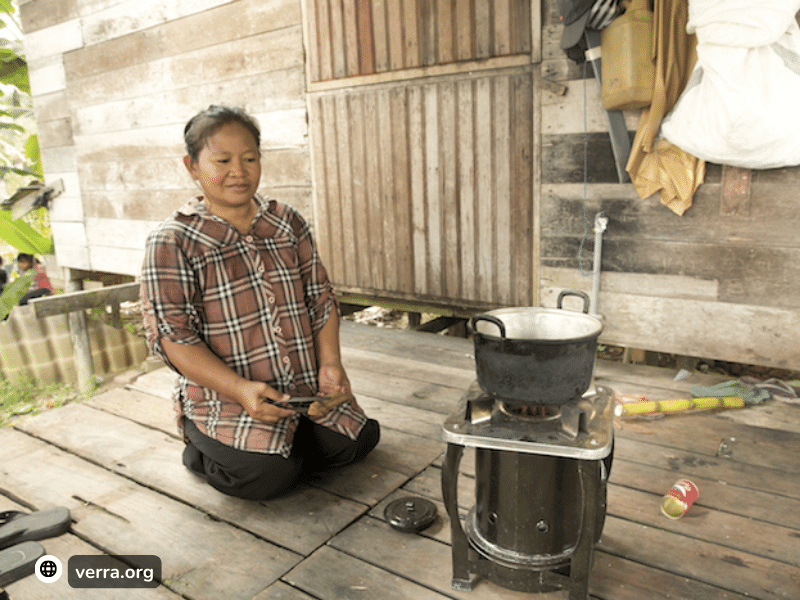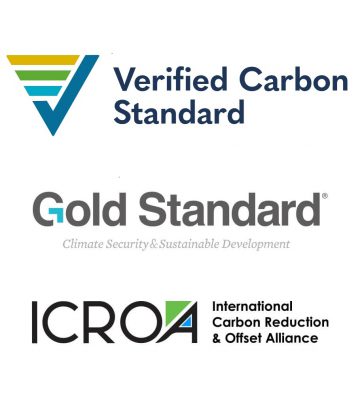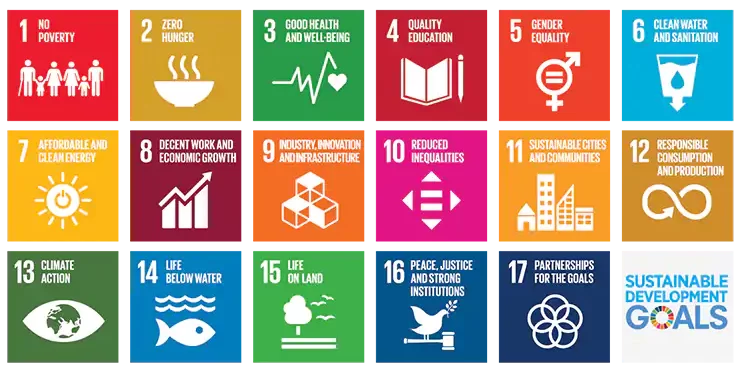Kuwi.org
Your partner in CO₂ reduction
Voluntary CO₂ Offset
The world is moving towards Net Zero, which is why more and more companies are compensating for their carbon footprint by contributing financially to sustainable projects around the world. As a result, we collectively generate high-quality CO₂ credits to offset emissions.
Voluntary carbon credits arise from investments in projects that reduce the amount of carbon dioxide (CO₂) in the atmosphere. This is done by either removing CO₂ or avoiding emissions that would have occurred without action.
Not sure what CO₂ credits entail? Then read one of the articles below.
The right credits for your company
We operate broadly in voluntary emissions markets and can help you offset emissions with carbon credits, renewable energy certificates and nature-based solutions.
The prices of carbon credits vary depending on the project, the type of credit and the supply and demand in the market. Carbon credits are traded on various exchanges and over-the-counter markets. With our knowledge, we know how to purchase the best credits at the right time.
The underlying costs of a carbon credit are related to:
- The type of project: Nature projects, such as planting forests, are more expensive compared to renewable energy projects.
- Volume: As in most markets, buying in bulk is cheaper. That’s why we buy credits at scale at Kuwi.org. This means that we can also offer our smaller customers credits at favourable prices.
- Vintage: The ‘vintage’ refers to the year in which the verified CO₂ avoidance took place. Because CO₂ avoidance projects run for many years, not all credits are sold every year. As a result, smaller volumes circulate on the markets and are often cheaper to purchase. We only buy credits with volumes of 10 years or less. In this way we are assured that the credits comply with recent standards and methods.
Transparent and fair prices

Kuwi.org is a non-profit. That is why we only apply a small allowance to our purchase price for our overhead costs.
Voluntary carbon credits (also known as non-compliance carbon credits) can be purchased through trading platforms, brokers, and carbon offset providers.
Kuwi.org is a provider and broker. Provider because we generate credits ourselves by investing in CO₂ reduction projects, and broker because we need more CO₂ credits for our community than we generate.
We buy these credits in bulk and make them available to our members in instalments.
It is important to ensure that the carbon credits are independently verified and certified, such as by the Verified Carbon Standard or the Gold Standard.
In addition, you must also ensure that the credits are “additional”. This means that they only represent the emission reductions that would not have taken place without the project .
The life of carbon credits depends on the type of credit and the specific project, with some credits lasting for decades while others retire within a few years.
In the context of carbon credits, “retirement” refers to the process of taking a carbon credit out of circulation. Carbon credits represent the right to emit a certain amount of carbon dioxide or its equivalent and can be bought and sold in carbon markets.
Once a carbon credit has been used to offset emissions, it is considered “retired” and can no longer be used to offset emissions.
The retirement process is carried out by the purchaser of the credit and is often maintained through a register or database. Retirement is one way to ensure that carbon credits are not double counted or used multiple times to offset emissions.
The decommissioning process also ensures that the carbon credits are verified and not fraudulently or duplicated. It is important that the CO₂ credits come from a legitimate offset project and that the project developer can demonstrate that the emission reductions were real and additional.
Different carbon credit standards have different rules and procedures for retirement, with some standards requiring public notice before retirement, and others requiring proof that the carbon credit has been put on a registry.
For proper accounting and monitoring of the emission reduction, it is also important that the credit retirement is kept up to date.

In order to help you with the right offer, it is important for us to understand your organisation’s corporate policy. You may want to consider.
- Origin and source of the credits
- Important SGDs for your company
- Nature-based or renewable energy
- Community projects such as;
- Clean water
- Efficient stoves
- Agroforestry
- Other types of projects such as;
- Biogas
- Carbon framing
- Landfill gas
Together, we look for a course in compensation projects that fits in with the climate policy and is in line with your company’s program for corporate responsibility.
Our credits meets the highest standards

We support various compensation projects and can provide you with a qualitative mixture of credits. These include projects such as efficient stoves, biogas, forestry and renewable energy.
Each project is approved by a third party through accreditation programs such as Gold Standard, VCS, REDD(+), BER and CER. The capture, reduction and removal of CO₂ reductions (or verified emission reductions) are carefully monitored and traded in the form of CO₂ certificates. The income from the carbon credits contributes to project financing and the development of new projects.
Contribute to Sustainable Development Goals
If you opt for community projects, you contribute to various UN development goals.





